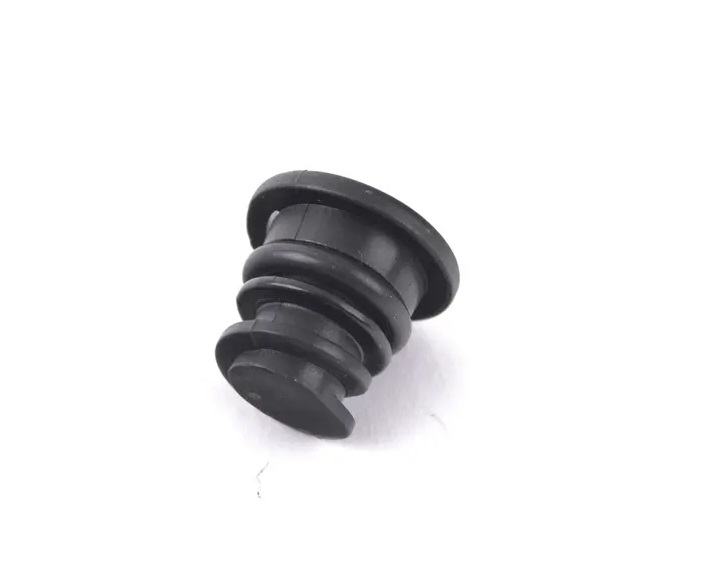Exploring the Benefits and Applications of Flat Face O-Rings in Various Industries
Understanding Flat Face O-Rings A Comprehensive Guide
Flat face O-rings are an essential component in various mechanical systems, primarily serving as seals to prevent leaks of fluids and gases. Unlike traditional round O-rings, which are designed to fit snugly in a groove, flat face O-rings have a flat profile that allows for unique applications and advantages in sealing technology. In this article, we will delve into the characteristics, applications, and benefits of flat face O-rings.
Characteristics of Flat Face O-Rings
Flat face O-rings are made from various elastomers, including rubber compounds, silicone, and Viton, among others. Their flat surface provides a larger sealing area, which can be advantageous in applications requiring a robust seal. This design helps distribute pressure evenly, reducing the risk of failure due to localized stress. Additionally, the flat design can accommodate larger tolerances, making them useful in environments where conventional O-rings might struggle.
Applications of Flat Face O-Rings
These seals are utilized in a range of industries, including automotive, aerospace, pharmaceuticals, and manufacturing. In automotive applications, flat face O-rings can be found in fuel systems, ensuring a leak-free operation. In the aerospace sector, where precision and reliability are paramount, these seals are critical for maintaining system integrity under extreme conditions.
flat face o rings

In the pharmaceutical industry, flat face O-rings play a vital role in various processing equipment, ensuring that products remain uncontaminated during production. Their ability to withstand not only high pressures but also aggressive chemical environments makes them ideal for use in manufacturing processes where cleanliness and safety are crucial.
Benefits of Flat Face O-Rings
The design of flat face O-rings offers several advantages. Their increased contact area results in improved sealing effectiveness, reducing the chances of leaks. Additionally, they can be easier to install in certain configurations. Their flat profile enables better performance in applications where space is limited, as they can fit into tighter assemblies compared to conventional O-rings.
Moreover, flat face O-rings can often withstand higher temperatures and pressures, enhancing their versatility in demanding applications. They are also more resistant to deformation over time, which contributes to their longevity and reliability.
Conclusion
In summary, flat face O-rings are a vital component in modern sealing technology, offering efficiency and reliability across various industries. Their unique characteristics make them suitable for specialized applications, ensuring that systems function optimally and safely. As technology advances, the adaptability and performance of flat face O-rings will continue to play a pivotal role in mechanical engineering and design.
-
Simplifying Oil Changes: A Comprehensive Guide to Oil Drain Plugs and Their Variants
News Aug.04,2025
-
Mastering Oil Drain Maintenance: Solutions for Stripped, Worn, and Upgraded Oil Plugs
News Aug.04,2025
-
Fixing Oil Pan Plug Issues: Leaks, Stripped Nuts, and the Right Replacement Solutions
News Aug.04,2025
-
Everything You Need to Know About Oil Drain Plugs: Sizes, Fixes, and Upgrades
News Aug.04,2025
-
Choosing the Right Oil Drain Plug: A Guide to Sizes, Materials, and Drain Innovations
News Aug.04,2025
-
A Complete Guide to Automotive Drain Plugs: Types, Problems, and Innovative Solutions
News Aug.04,2025
-
The Ultimate Guide to Car Repair Kits: Tools and Essentials Every Driver Should Own
News Aug.01,2025
Products categories















